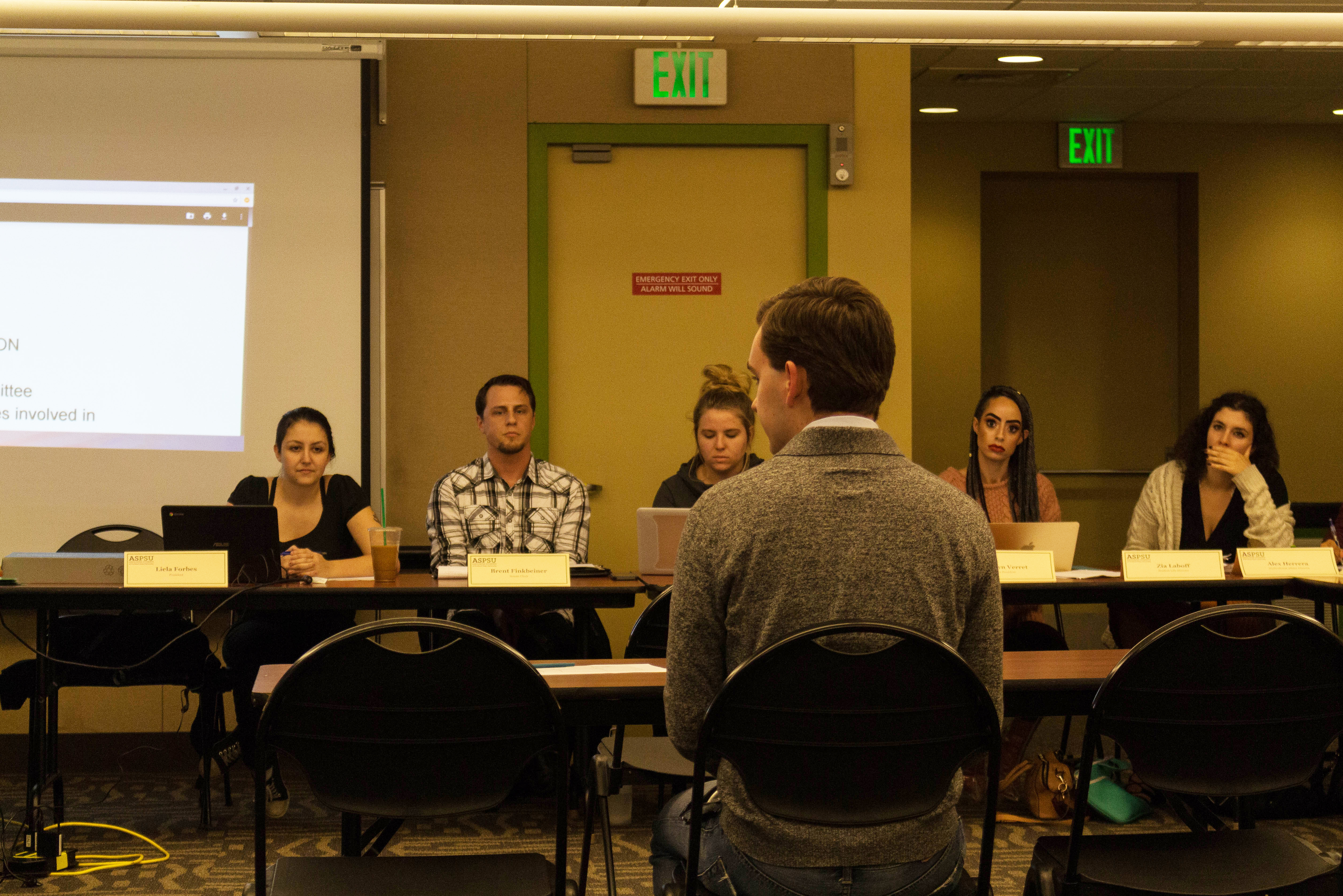Fall term is back in full swing at Portland State, and for some students that means it’s time to start focusing on applying for scholarships. The application window for next year’s financial aid opens Oct. 1 and closes on Feb. 1, 2018.
PSU’s scholarship office recommends students fill out scholarship applications at the same time as filling out their admission applications to PSU.
The Vanguard sat down with Sa’eed Haji from PSU’s Office of Student Financial Aid and Scholarships to discuss the do’s and don’ts of the scholarship application process.
Do: Be selective about letters of recommendation
When it comes to requesting letters of recommendation, students should pay close attention to application instructions when selecting someone for a letter. According to Haji, letters of recommendation carry an equal weight of importance as the student’s GPA.
Don’t: Ask for a letter from somebody you don’t know well
Haji recommended that after you’ve decided from whom to request letters, it’s important to ask them in advance for their recommendation, as they may decline if they feel they don’t know you well enough.
“Make sure that person is someone who actually knows you: your character, your academic work, and you as a person,” Haji said. “What we look for are specific examples—a timeline of what you did, when you did it, and how you did it.”
Haji also recommends that if class participation is not your strongest suite, you can go to a professor’s office hours to get to know them better.
Do: Complete your reference section early
Completing the reference section early is important and should be completed within the first section of your application. This is so that your references can have the longest amount of time possible to write a favorable recommendation.
Don’t: Be vague in what you’re looking for
When requesting a recommendation, be sure to specify what you want out of the recommendation. And as mentioned before, make sure they know you. Provide references with your resume, a personal statement, and let them know what specific scholarships you’re applying for and what the funding group is looking for.
Last but not least, make sure to thank your references and let them know how the application went.
Do: Write killer essays
When writing essays, be sure to read the entire question and answer all parts of it. Before beginning, it’s a good idea to write down and outline your ideas for the essay.
Elaborate on each bullet point of the outline as a potential paragraph while using the essay’s topic to state a point. Then, use the rest of the paragraph to explain further.
Don’t: Forget what the essay topic is
While using specific examples to illustrate a point, be sure to use clear and concise language. Make sure your conclusion pulls all of your essay’s points together.
Do: Proofread
Once you have finished your essay response, re-read your essay and make sure you’ve thoroughly addressed all of the points made. Ask someone you know with great writing skills to proofread the essay before submitting.
Students should also strive to stand out from the crowd by making your writing descriptive and as memorable as possible.
Do: Widen your prospects
Besides filling out PSU’s main scholarship application form, Haji recommends filling out an Office of Student Access and Completion, or OSACS, scholarship application. The OSACS is an Oregon-based scholarship foundation which allows students to apply—with a single application—to as many scholarships as they want out of a catalog of 500.
Don’t: Reject yourself before trying
There are also a few scholarship databases on PSU’s website where you can search for scholarships within a certain criteria. There’s a criterion to fit nearly any circumstance or specification a student might have, so if you’re in doubt as to whether or not you would qualify for a scholarship, I’d give these databases a try.
Do: Look for company support
According to Haji, if your parents, siblings, spouses or significant others work for certain companies, special scholarship opportunities may be available through those businesses as well.
Do: Research the organization
According to CBS News, students have a better chance of winning a scholarship if they research the scholarship’s sponsor beforehand and look for the organization’s mission statement, which you will usually find in the “About Us” section.
Don’t: Be reckless about online image
You may also want to Google yourself beforehand in order to make sure your online presence is professional.
Don’t: Get intimidated by big essays
Don’t be afraid to apply for long-form scholarships that involve epic essay answers. Why? Most people won’t want to invest time into writing an essay over 1,000 words, so it makes the pool of contestants even smaller.
Don’t: Get scammed when trying to find help
When it comes to the don’ts of scholarship applications, Haji urgently warned students to be careful about scammers. Haji claims he gets loads of emails everyday from fake scholarship advertisements.
“Don’t pay money to apply to a scholarship,” Haji warned. “Don’t give out your social security number or personal detailed information, like your age or where you were born.”
According to Haji, legitimate scholarship organizations will not ask for detailed or personal information and will usually only ask for general information like your email address and phone number.
In order to determine if a scholarship is a scam, make sure the donor has a legitimate email, address, and contact information, and that you are able to call and talk to someone in person.






